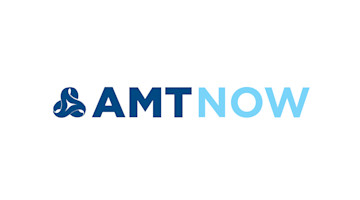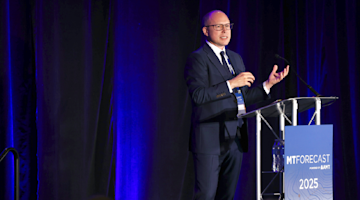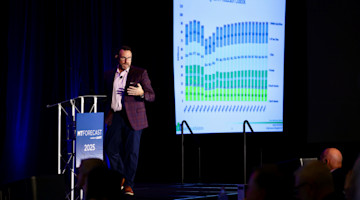Although seemingly ever-increasing rates of change don’t leave a whole lot of things consistent anymore, two things hold stable for any business owner every day:
1. Wanting sales to go up
2. Wanting costs to go down
Of course, it is more than wanting or wishing. It is working to make those things happen. That is simply the nature of business. That is what an owner or executive is there to facilitate.
But let’s not kid ourselves. Doing those things isn’t easy because there are all manner of externalities – from competitors to supply-chain disruptions – that seem to exist just to make sure neither happens.
There are also two things that you can do to help achieve these daily drivers.
A shop has two types of assets:
• People
• Equipment and tooling
In my experience, people are the most valuable of the two.
Whenever facing the need to make operational improvements, the first thing I would do is run an assessment of the staff and determine whether something could be done – and there most certainly always is – to improve the skillsets and capabilities of key individuals, if not everyone. It may be simply an issue of figuring out whether the person is assigned to the right machine or doing the right task. Perhaps it is a matter of providing additional training, whether in the form of bringing back an equipment supplier for a deeper dive into the capabilities of a given machine, or classes at a community college on automation or programming. Sometimes the conclusion is simply that there needs to be an addition to the team.
There is a proportional relationship between the capabilities of your people and the ability to increase sales and reduce costs. Recognizing this is important.
But then there is that second lever, the machinery and equipment.
Here I’ve found that there is also a set of issues that needs to be addressed:
• Bottlenecks
• Order potential
There probably isn’t a manufacturing facility anywhere that doesn’t have a piece of equipment that is generously described as an “operational complication.” You know what I mean: something that’s been around for a long time that still gets the job done – but not in a way that is particularly efficient. (It also takes up the time of a top operator who could be doing more productive things were it not for the equipment in question.)
Since that machine still works, companies tend to want to keep it rather than replace it. You know – “If it ain’t broke, don’t replace it.” However, if you compare the time spent nursing it along to the amount of work that isn’t being done, it would become fairly clear that biting the bullet is a far better decision than continuing to milk that machine.
The question becomes not one of “if” but “when.”
New equipment can be beneficial in two ways, too:
• The obvious one of being able to get more done or to do something that previously couldn’t be done (whether we’re talking 5-axis machining or additive manufacturing)
• The ability to gain new business
At one point in time, my grandfather’s company had some 1,200 employees and 11 divisions. One of the things he did was make sure that their operations included “showroom facilities,” where manufacturing was being performed with first-rate equipment. Whenever he hosted a visiting prospect, he made sure to show them one of these facilities. This provided the assurance that if he received the contract, then that customer’s important work – and every customer sees their product as important – would be done productively and efficiently.
(This is not to say that my grandfather didn’t have some machines that were being nursed along and should have been replaced – but he knew he needed top-notch gear to attain orders and maintain them. It also helped keep good employees; your top people don’t want to have to work with inferior equipment.)
What’s more, nowadays, a very powerful tool suite comes under the banner of “digital manufacturing” that can facilitate not only massive gains in productivity (both in terms of output volume and quality) but also produce better products – both of which mean the ability to reduce costs and increased sales.
The easy choice when assessing your shop’s personnel and equipment is to maintain the status quo. The people on the floor and in the offices are getting the job done. Some of the equipment may be finicky, but it’s nothing that hasn’t been handled before. So why bother changing?
But the easy choice really isn’t a valid choice because every day, when you go to work, the status quo changes; and so, adjusting the levers of personnel and equipment are essential to achieving increased sales and decreased costs.
Douglas K. Woods
President
AMT – The Association For Manufacturing Technology
To read the rest of the Digital Manufacturing Issue of MT Magazine, click here.






